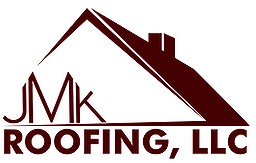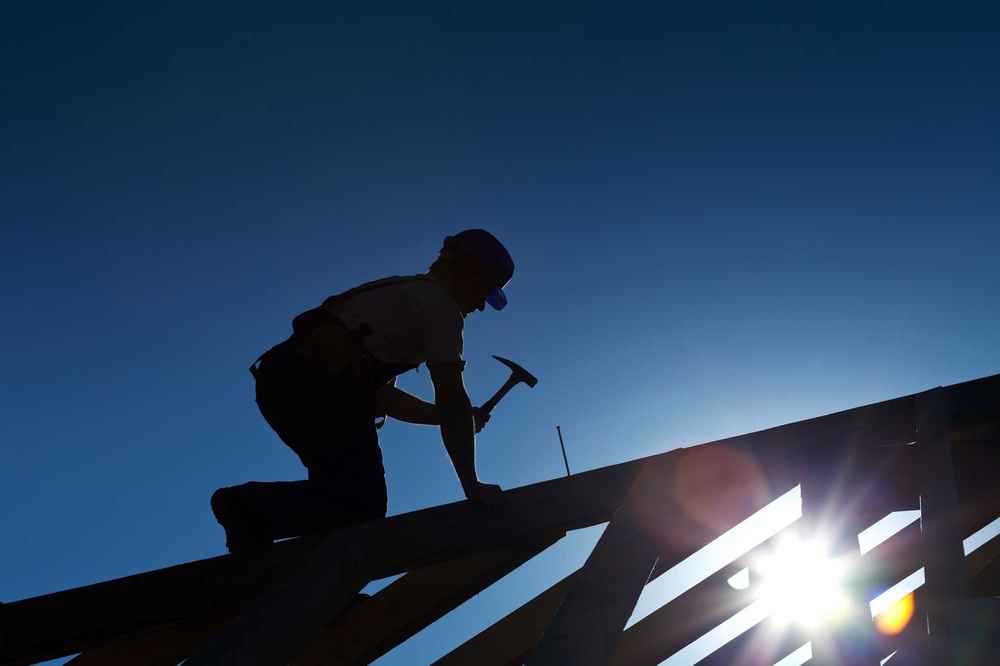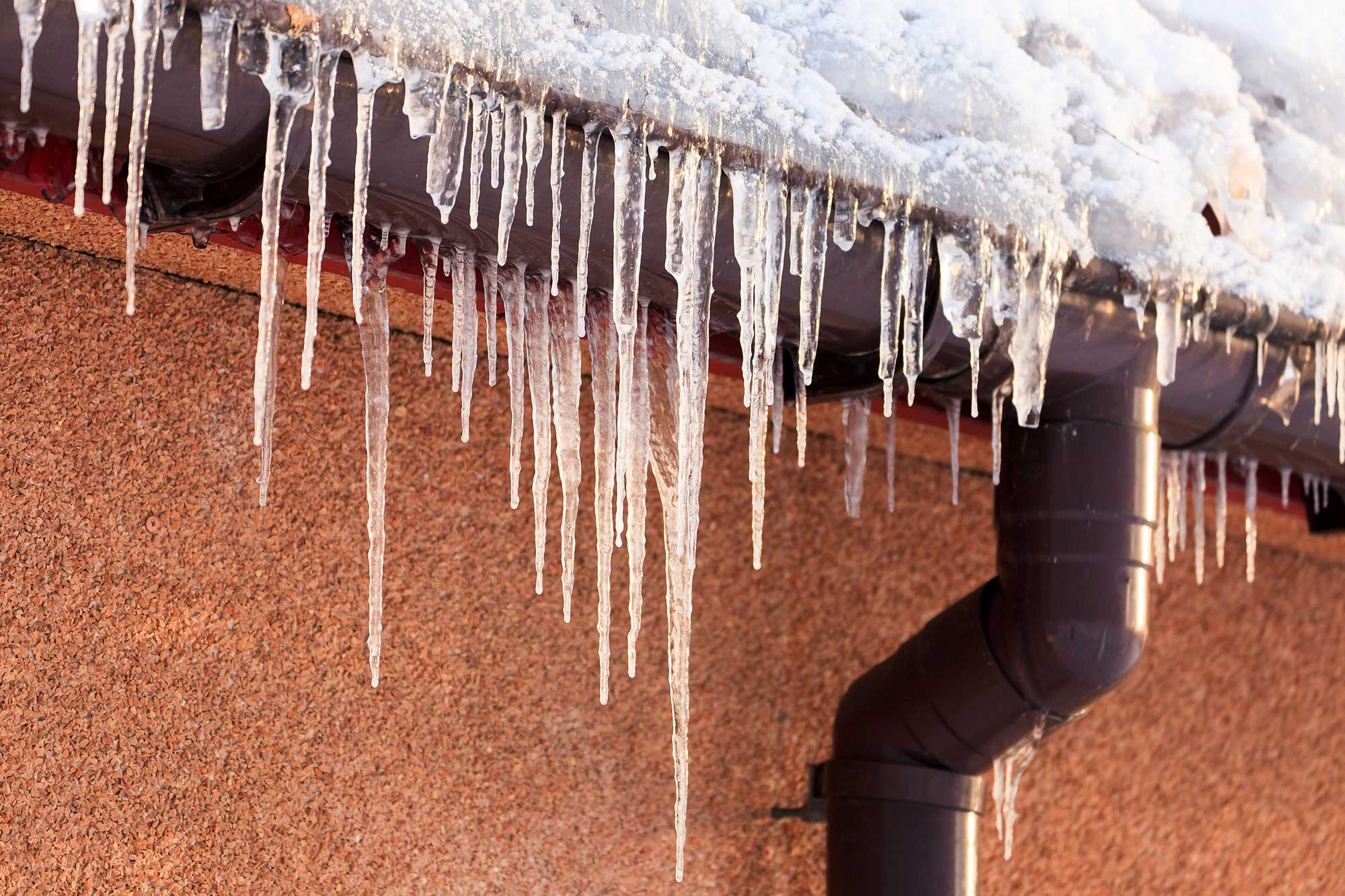In Lancaster County, winter doesn’t ask for permission. It shows up with heavy snow, biting winds, and those telltale icicles that signal something’s not quite right in your attic. Meanwhile, summers bring sticky humidity that lingers long after sunset. We live in a region where your roof has to do a lot of heavy lifting—not just to keep the weather out, but to regulate what’s happening inside.
One of the most overlooked factors in how long your roof lasts? Insulation.
As roofers, we’re often called out for leaks, shingle damage, or condensation issues, only to discover that the root cause isn’t faulty roofing—it’s inadequate insulation. Understanding the importance of roof insulation means recognizing how your home works as a system. Insulation isn’t just about energy savings or comfort. It’s a core part of prolonging roof life, preventing moisture issues, and supporting the health of your entire home.
What this guide covers:
- Why insulation affects how long your roof lasts
- How Pennsylvania’s climate increases risk without proper insulation
- What to know before you upgrade or add insulation
- Ways insulation protects your roof from costly damage
- How JMK Roofing helps homeowners get to the root of the issue
Have questions about your roof’s performance? JMK Roofing can help.
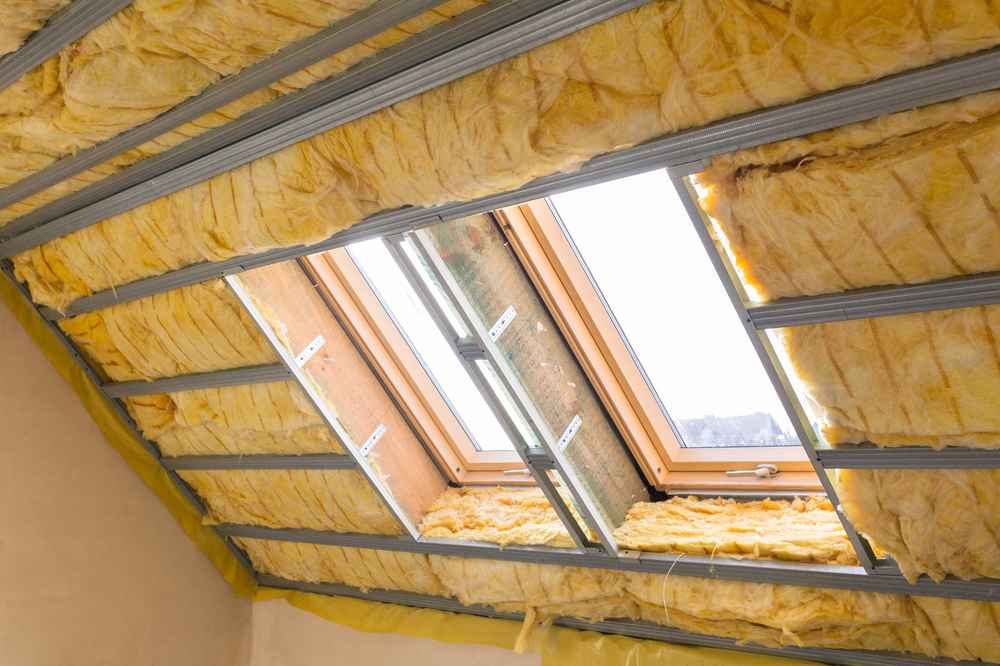
Why Roof Insulation Is About More Than Energy Bills
Insulation is one of those home features that doesn’t get much attention—until it fails. But in terms of roof longevity, it’s quietly doing some of the most important work.
Insulation creates a barrier between your living space and your roof deck. In summer, it prevents heat from radiating into your attic and warping shingles. In winter, it keeps warm air from escaping and causing uneven snow melt on your roof. That uneven melt is what leads to ice dams, and ice dams are among the top culprits for wintertime roof leaks in Lancaster.
It’s tempting to think of insulation as something to revisit when your energy bill spikes. But it’s also a matter of protecting your investment. Roofs are expensive. Insulation helps make sure you get as many years out of yours as possible.
Why This Matters in Lancaster County
Our local weather doesn’t just test your patience—it tests your roof.
- Freeze-thaw cycles cause ice dams that damage shingles and decking.
- Summer humidity invites mold and moisture into under-ventilated attics.
- Older homes in the region often lack up-to-date insulation, especially if built before 2000.
Pennsylvania’s building code currently requires R-38 attic insulation, but many homes fall below that benchmark—especially if no one’s checked in a while.
What Homeowners Should Know Before Improving Roof Insulation
Insulation projects aren’t one-size-fits-all, and upgrading without preparation can backfire. If you’re planning to boost your attic or roof insulation, consider the following first.
Start With the Roof’s Current Condition
Before sealing in new insulation, make sure the roof above it is structurally sound. Covering existing damage with insulation can trap moisture and speed up deterioration. If your roof is over 15 years old or has had recent leaks, schedule an inspection first.
Understand Your Options
- Blown-in fiberglass: A common, budget-friendly choice for attics.
- Spray foam: High R-value and excellent air sealing, but more expensive.
- Batt insulation: Pre-cut rolls, ideal for open, accessible spaces.
Different homes call for different materials. There’s no single “best,” just what works best for your needs.
Don’t Forget Ventilation
Insulation only works as intended if air can move properly through the attic. Without balanced ventilation, moisture builds up, leading to mold, mildew, and even structural damage over time. This is a mistake we see far too often—insulation added without accounting for airflow.
Set Realistic Expectations and Budget
Insulation upgrades typically range from a few hundred to a few thousand dollars, depending on square footage and material choice. But when done right, it’s an investment that pays you back in comfort, lower bills, and fewer roofing problems down the line.
At JMK Roofing, we assess insulation not as a sales pitch but as part of your roof’s overall health. If we notice signs that your insulation isn’t pulling its weight, we’ll talk through what’s next—and we work with vetted insulation pros when the job calls for it.
How Insulation Helps Prolong Roof Life
If your roof is a shield, insulation is the lining that keeps it from wearing out too soon. When your insulation works properly, it reduces stress on every part of the roofing system.
It Prevents Ice Dams—and the Leaks They Cause
This is a big one in our region. Heat escaping through the attic melts snow unevenly. That water refreezes along the eaves, forming a dam that prevents proper drainage. Water backs up under shingles, saturates underlayment, and eventually leaks into your attic.
Proper insulation prevents that initial heat escape. Paired with ventilation, it keeps the roof surface cold enough to let snow melt uniformly and safely.
It Protects Against Moisture and Mold
In warmer months, poor insulation allows attic spaces to heat up and trap humidity. When that warm air condenses, it settles on the cooler roof deck—creating the perfect conditions for mold and wood rot.
Adequate insulation combined with air movement prevents this cycle before it starts.
It Reduces Structural Stress from Temperature Swings
Your roof materials expand and contract constantly, especially asphalt shingles. Insulation acts as a thermal buffer, reducing the severity of those swings. Less movement means fewer popped nails, fewer warped shingles, and fewer early repairs.
It Improves Comfort While Supporting Roof Health
Yes, insulation lowers energy bills—but that’s not the only benefit. When interior temperatures are more stable, your attic becomes less of a stress point for the roof above it.
A consistent attic climate extends the life of your roof, even if the effects aren’t immediately visible from the outside.
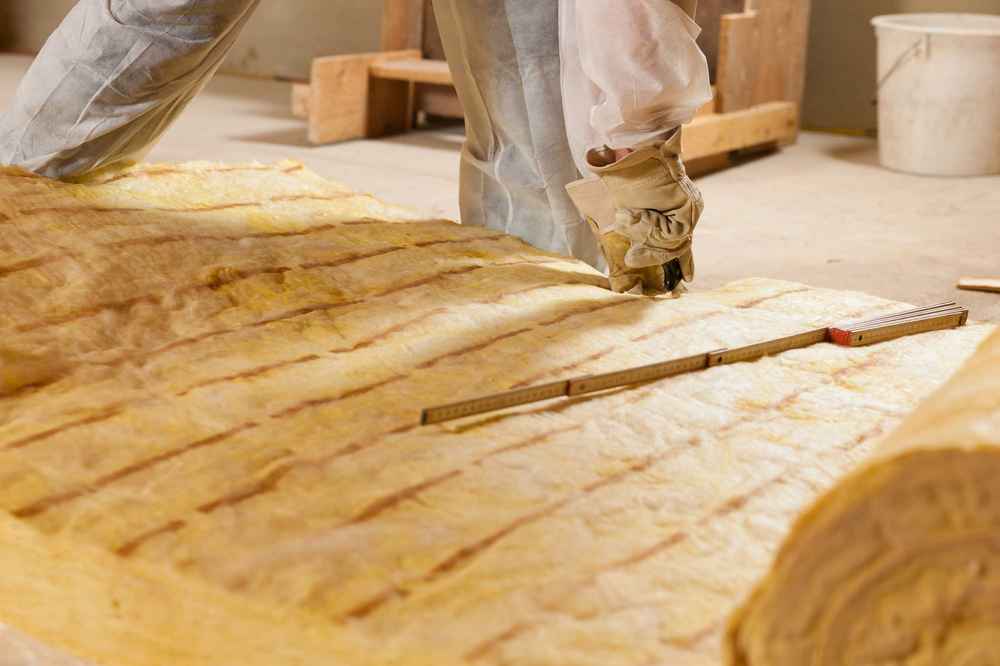
Which Roofing Materials Are Most Affected by Poor Insulation?
Insulation (or the lack of it) doesn’t impact all roofing systems the same way.
| Roofing Material | Effect of Poor Insulation | Long-Term Concerns |
| Asphalt Shingles | High risk of warping, curling, and ice dams | Reduced lifespan, increased leaks |
| Metal Roofing | Moderate—can trap condensation underneath | Fastener loosening, corrosion from inside |
| Cedar Shakes/Shingles | High—organic material absorbs attic moisture | Wood rot, mold, and premature failure |
| Synthetic Slate or Tile | Moderate to high depending on attic airflow | Mold or trapped moisture on roof decking |
That’s why at JMK Roofing, we don’t just look at what’s on the outside. We take into account what’s happening below the roof deck—especially in homes that have had recurring winter damage or attic moisture problems.
Lancaster Roofing FAQs: Insulation & Roof Longevity
Does insulation help prolong the life of a roof?
Yes, insulation directly contributes to prolonging roof life. It prevents heat loss in winter and moisture buildup in summer—two of the most common causes of roof failure in our region.
How can I tell if my attic insulation is enough?
You can usually tell your attic insulation is lacking if you notice ice dams, high energy bills, or uncomfortable temperature swings between floors. A roofing or insulation professional can measure your R-value to confirm.
What type of insulation is best for homes in Lancaster?
For Lancaster-area homes, blown-in fiberglass is the most common choice due to its affordability and performance. Spray foam offers better sealing but is more costly. The best option depends on your attic’s layout and existing ventilation.
Can poor insulation lead to roof leaks?
Yes, poor insulation is a leading contributor to roof leaks—especially in winter. It causes uneven snow melt and ice dams that force water underneath shingles.
Should insulation be upgraded during a roof replacement?
Yes, a roof replacement is an ideal time to evaluate insulation. If your existing insulation is outdated or causing problems, it makes sense to address both together.
How does insulation affect roof wear and tear?
Insulation cushions your roof system from extreme temperature changes, reducing expansion and contraction. This slows down the natural aging process of your roofing materials and keeps them performing longer.
Final Thoughts: Think Beyond the Shingles
If you’re serious about protecting your roof, you need to think beyond what you can see from the street. Insulation may not be visible, but it plays a major role in the performance and longevity of your roof.
At JMK Roofing, we take a systems-level approach. A roof isn’t just shingles—it’s insulation, ventilation, framing, and more. We look at how all of it works together so you don’t just fix a problem—you prevent it from coming back.
Schedule your free roof inspection today and let’s make sure your home is protected from the inside out.
